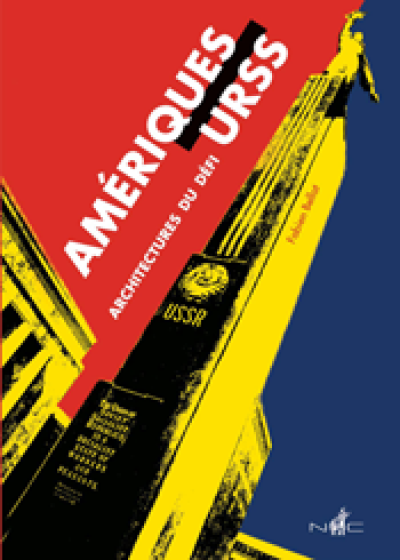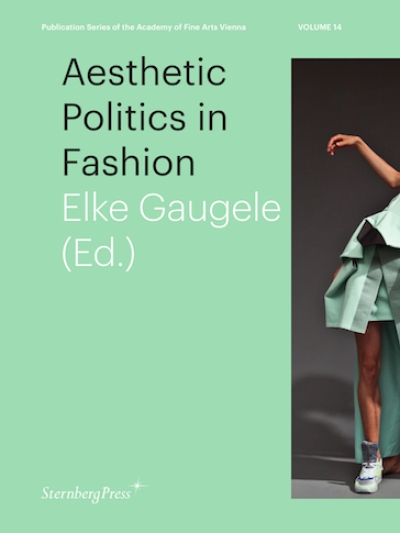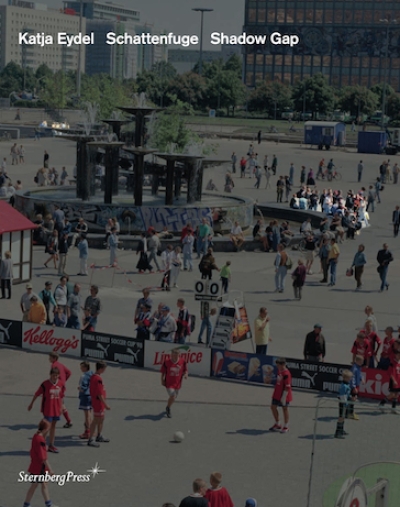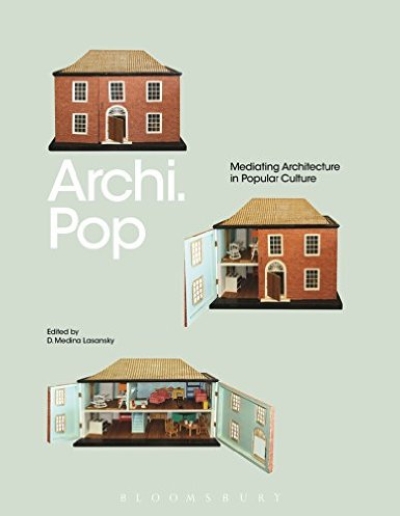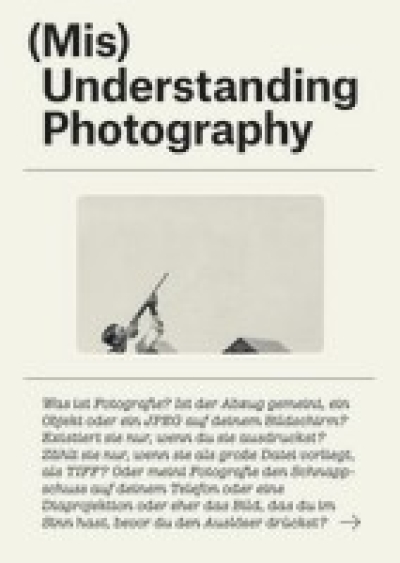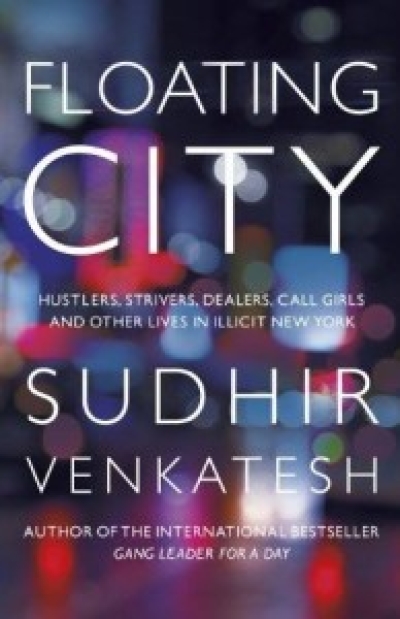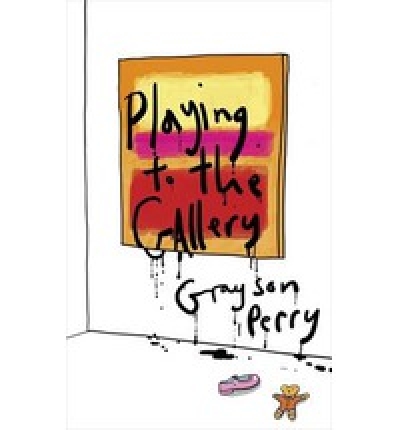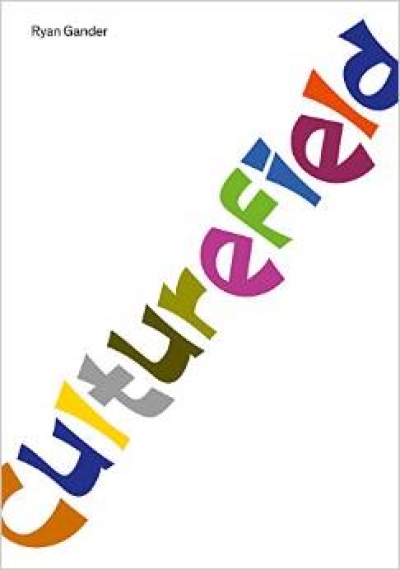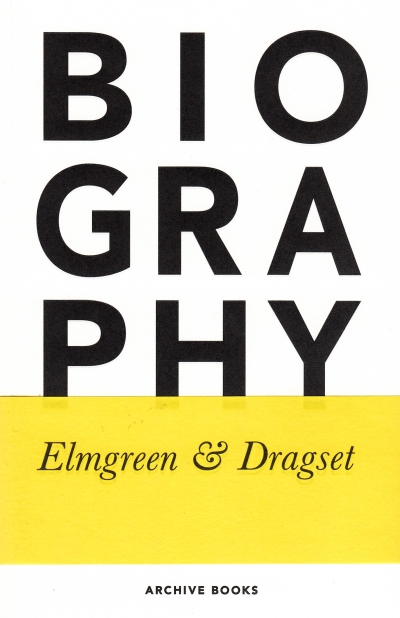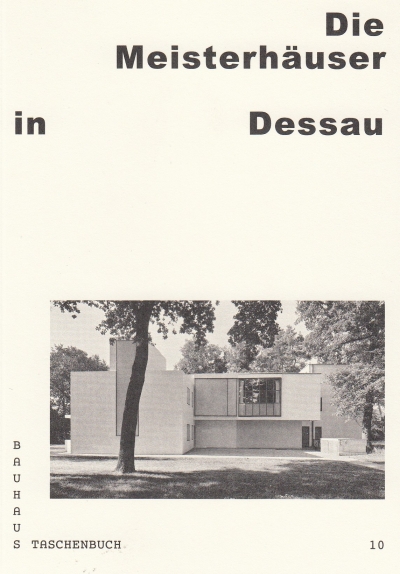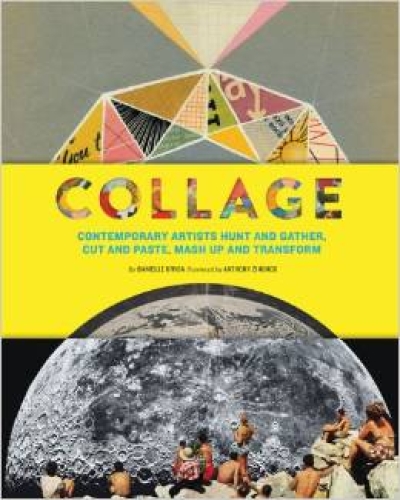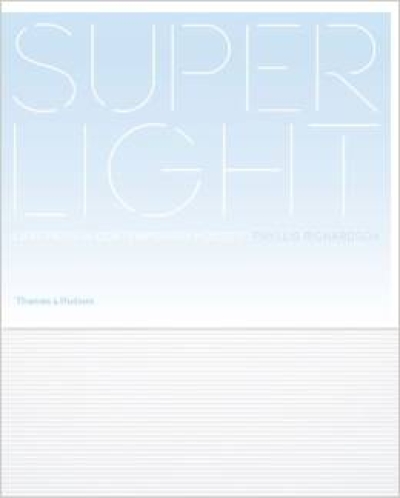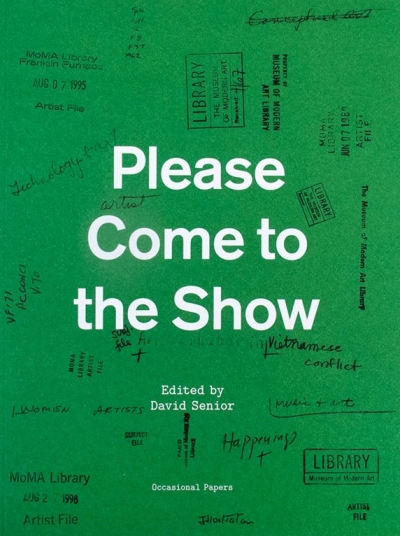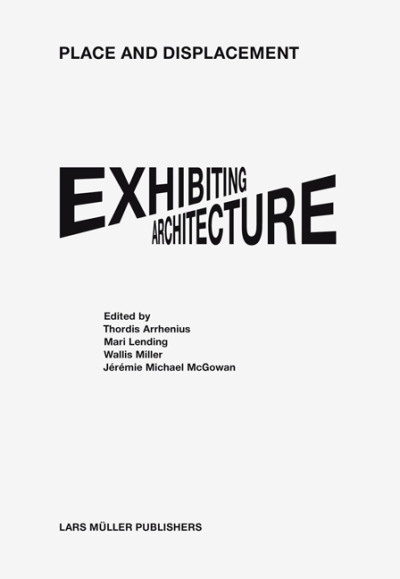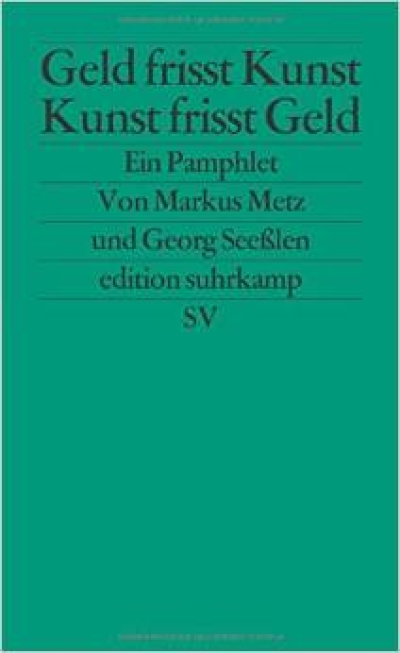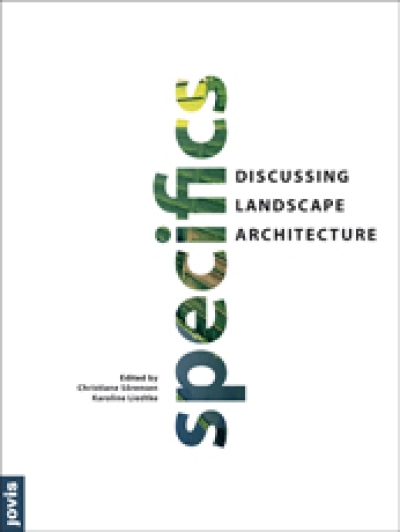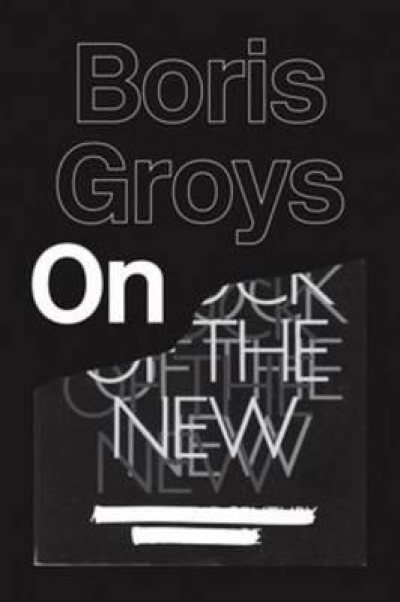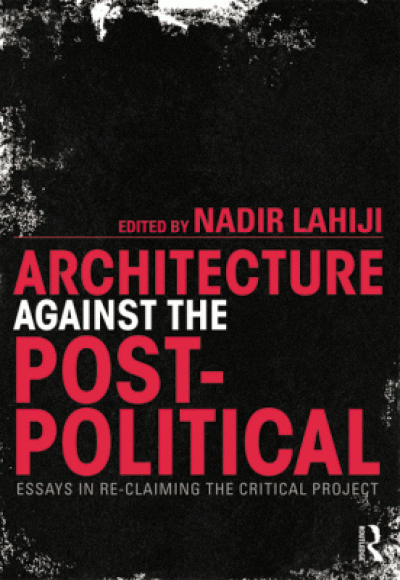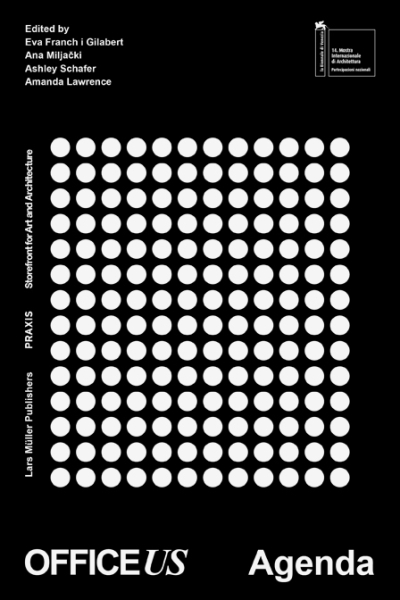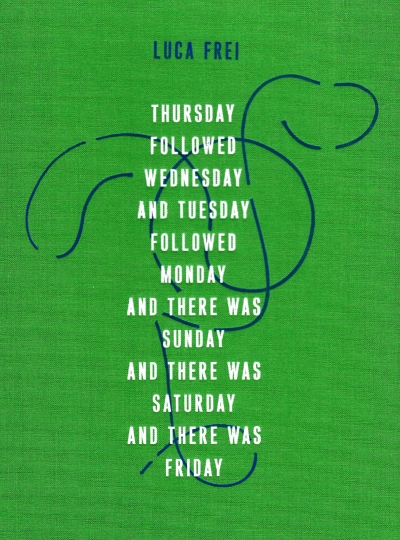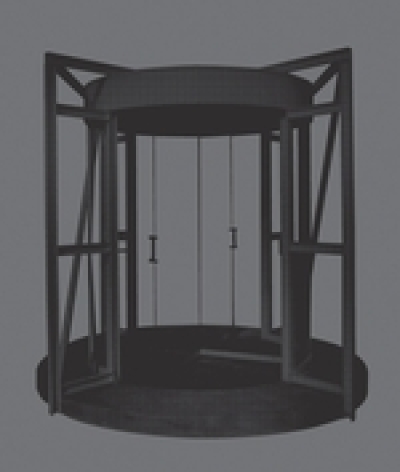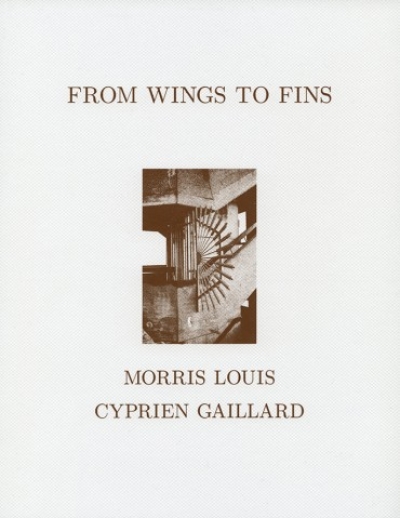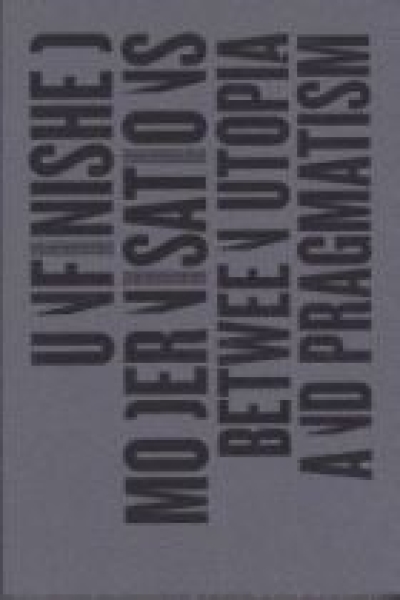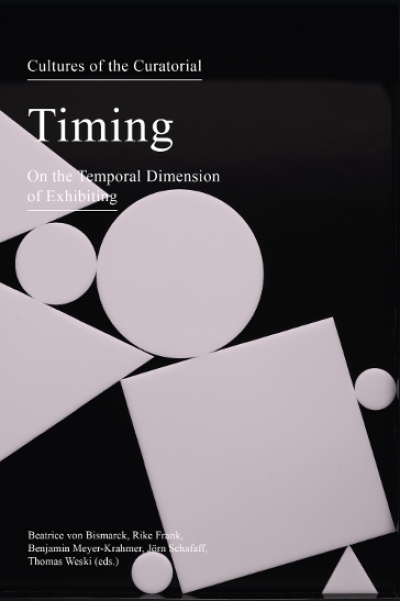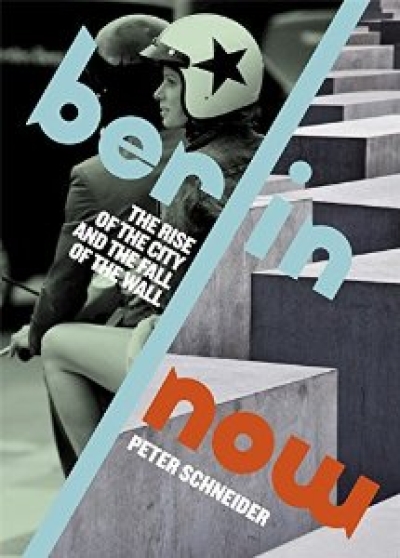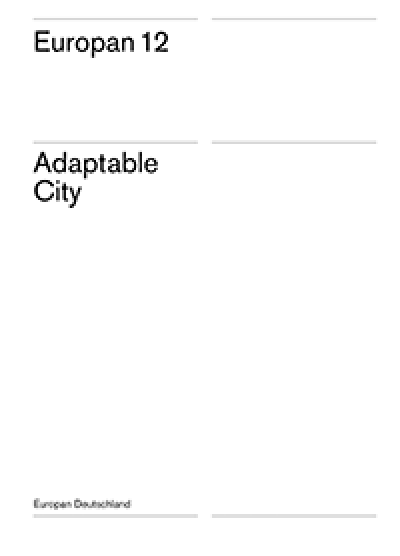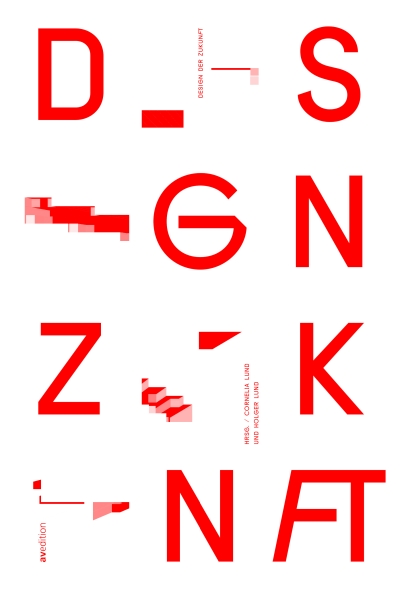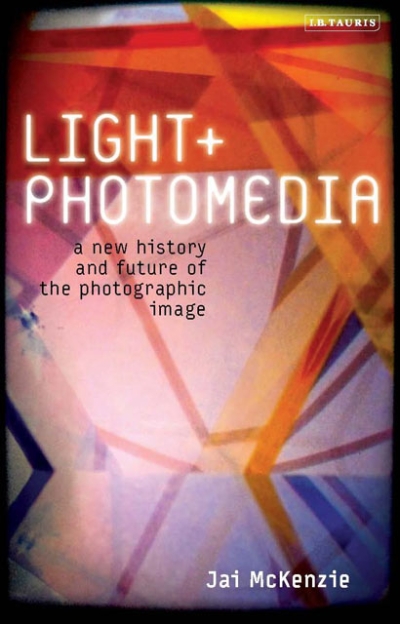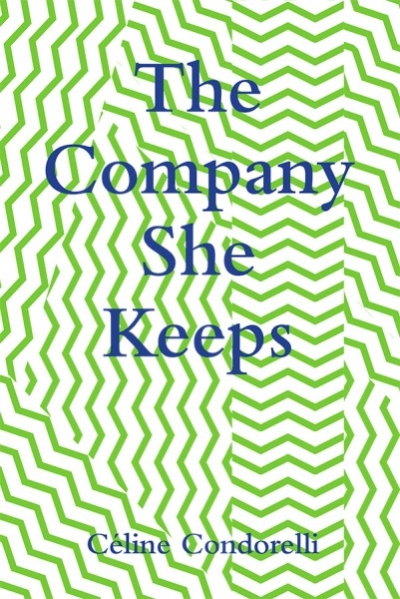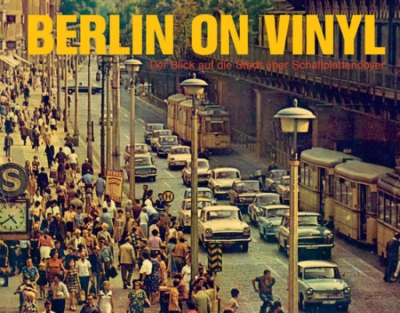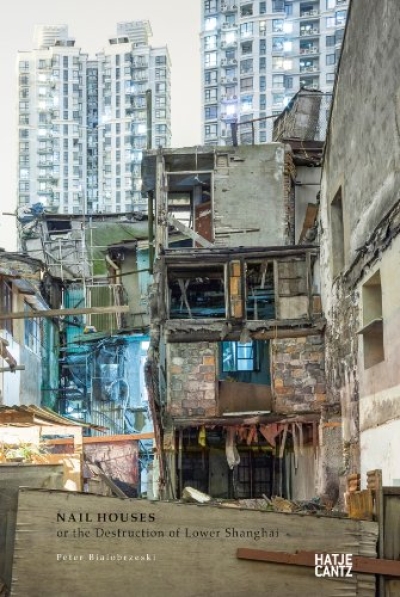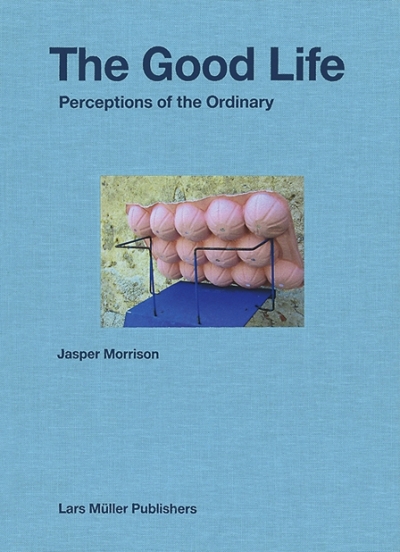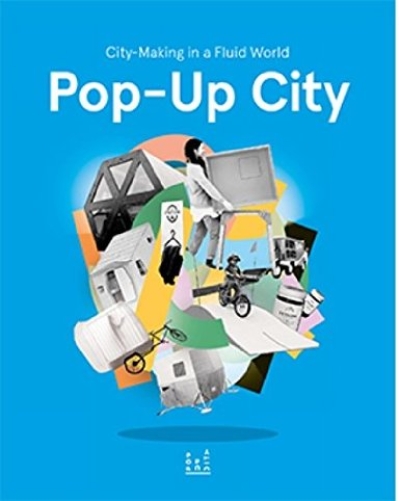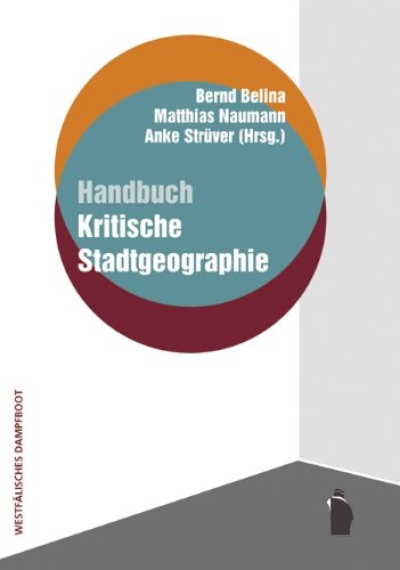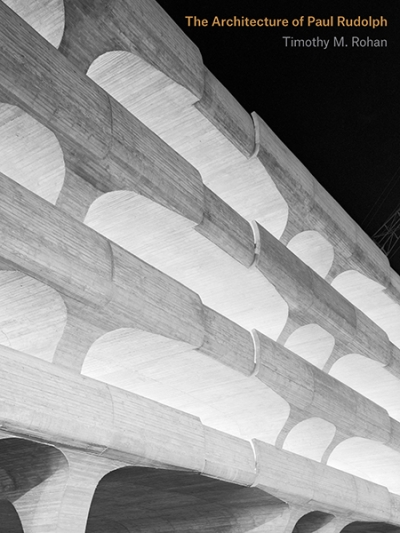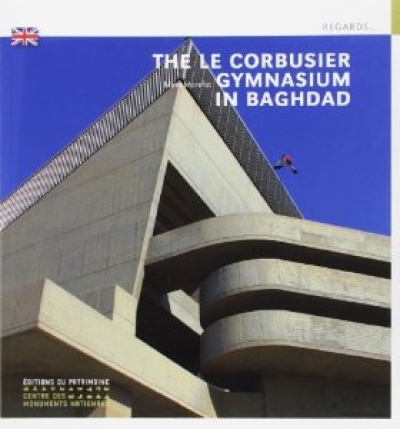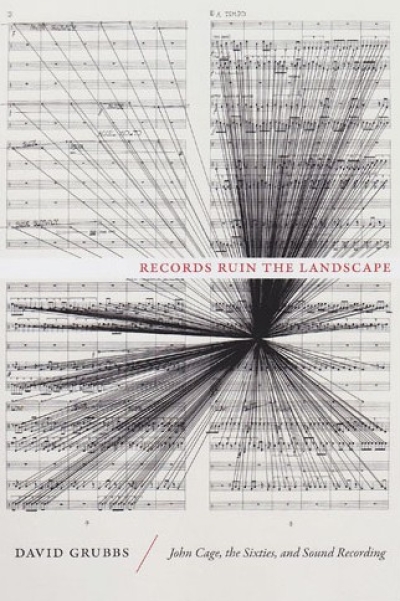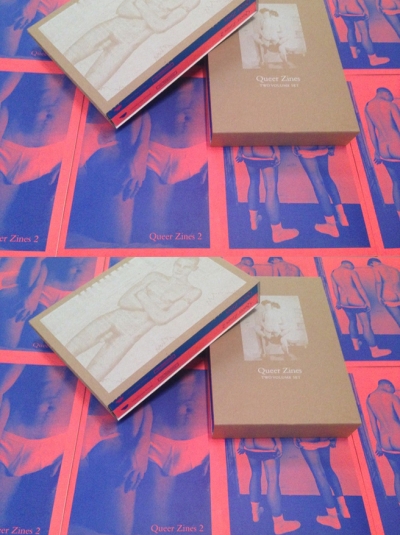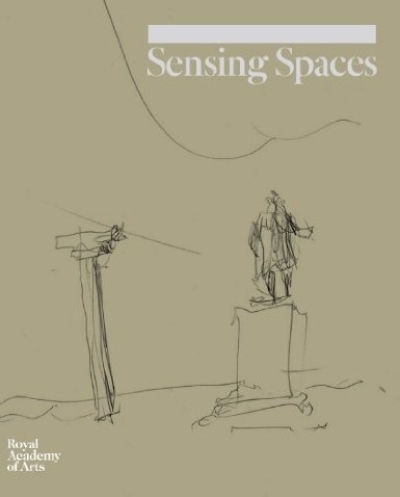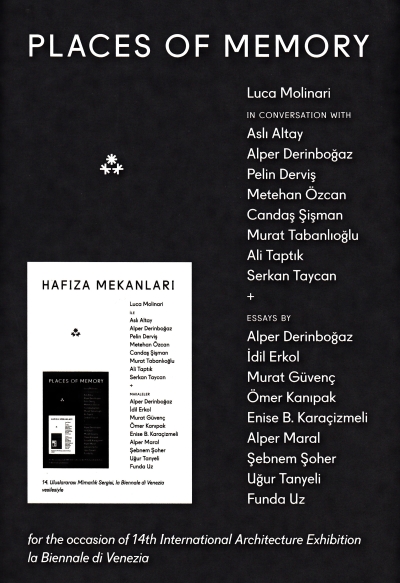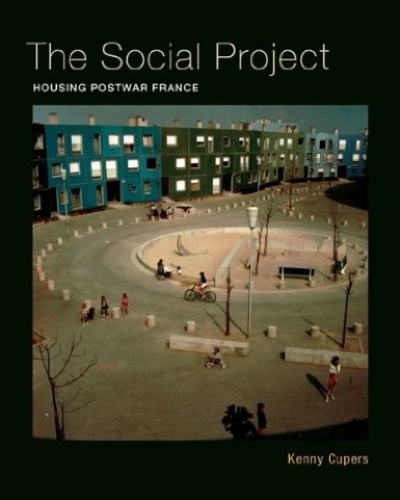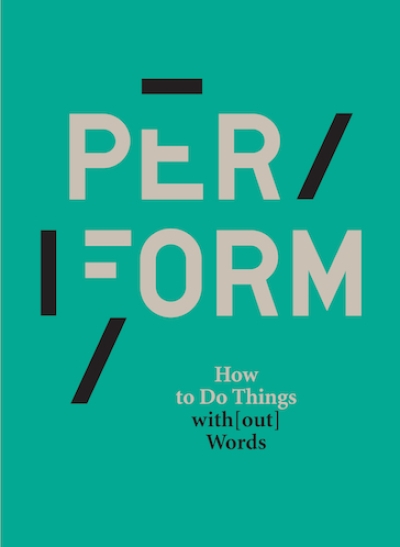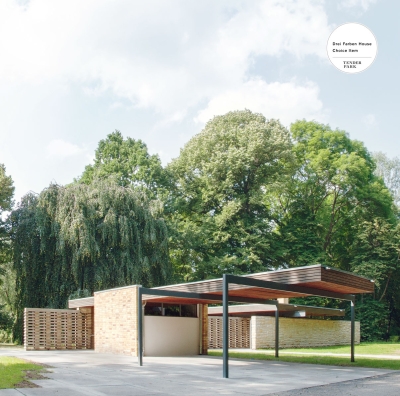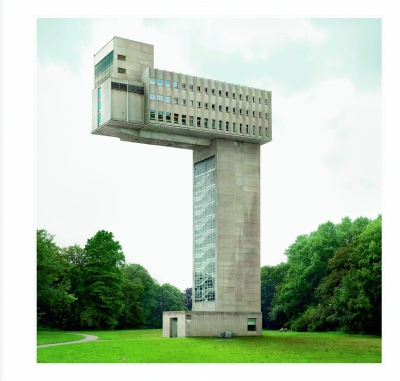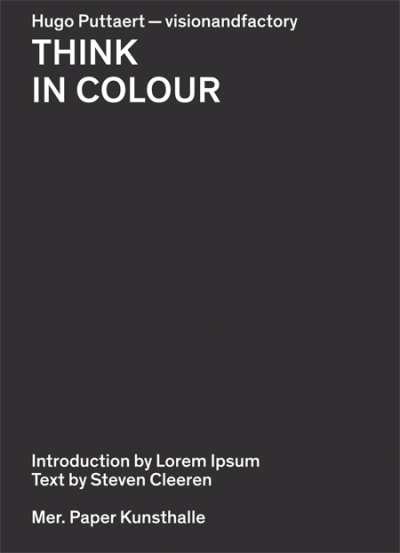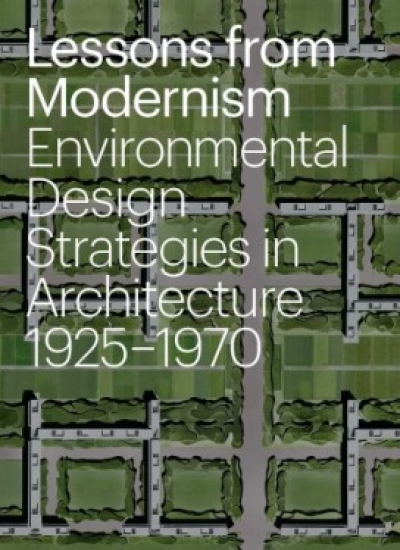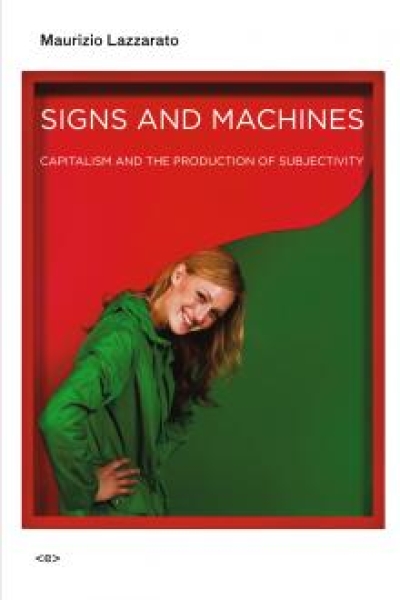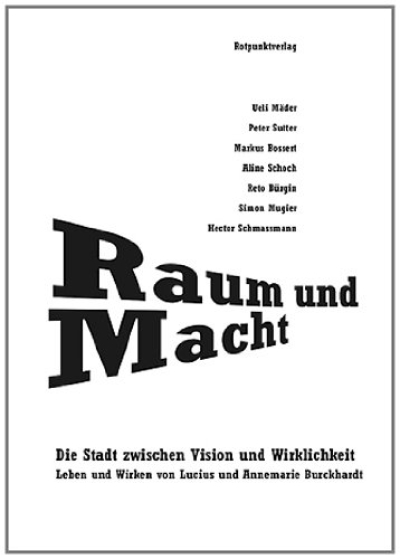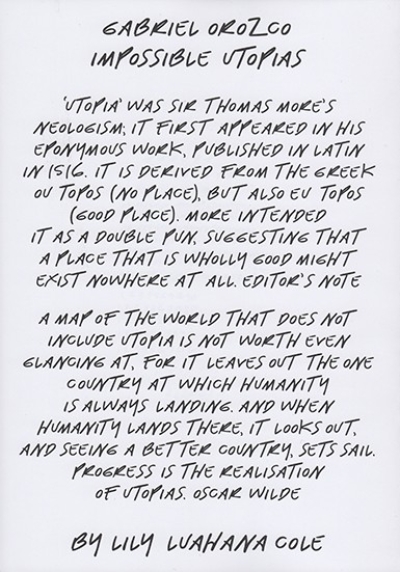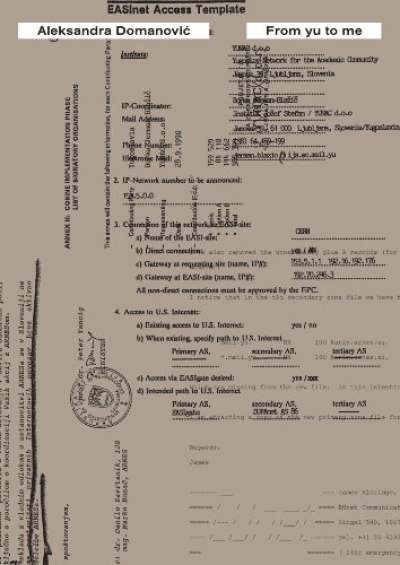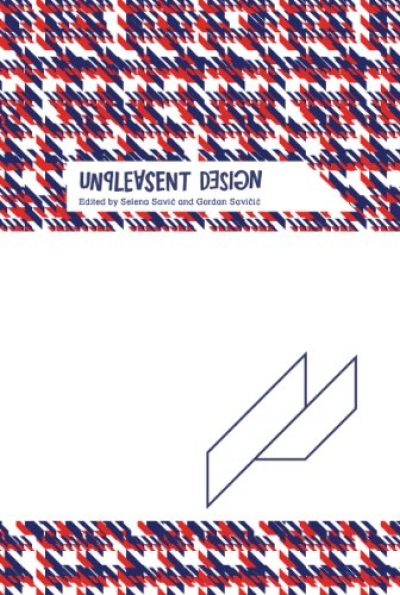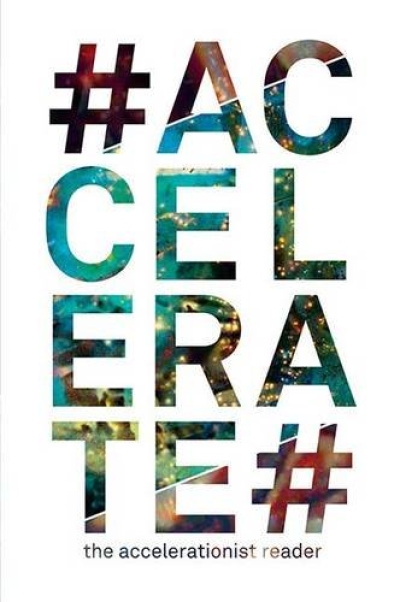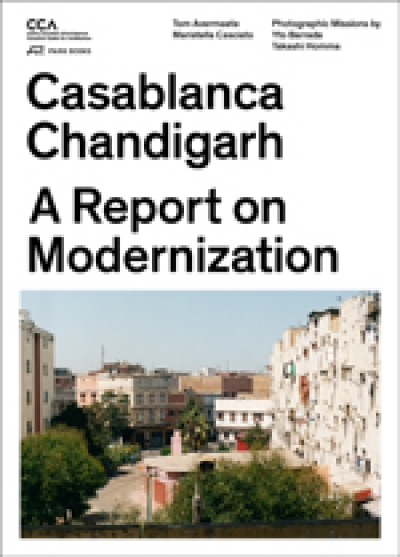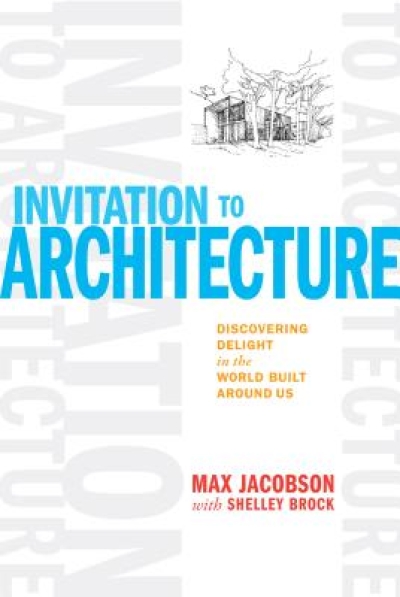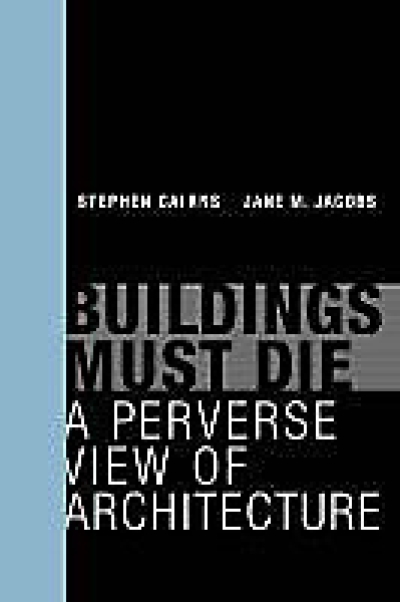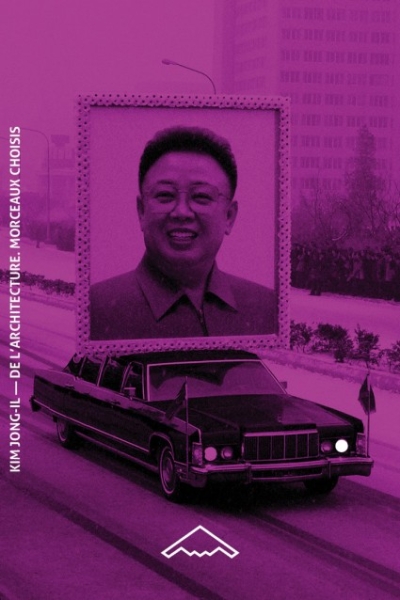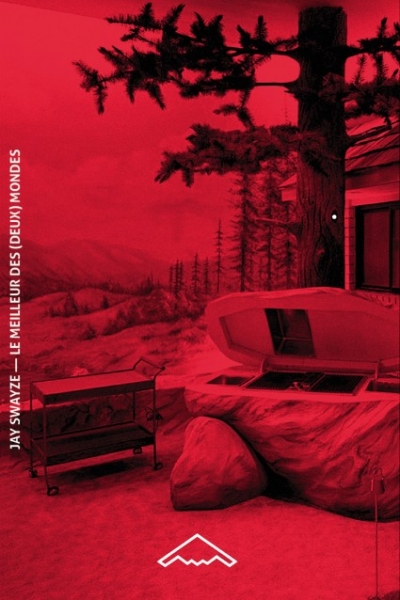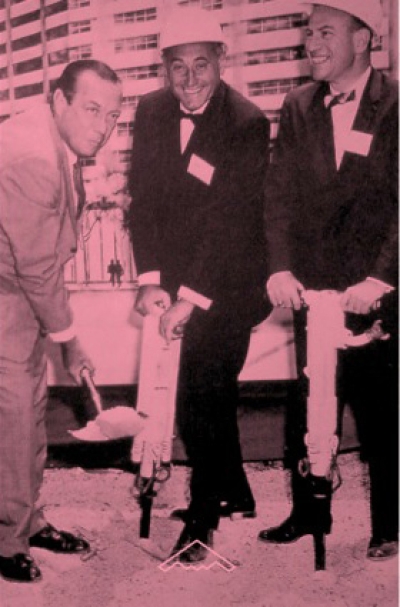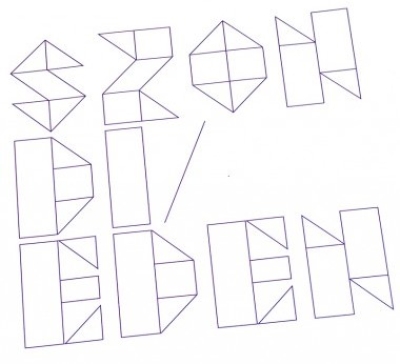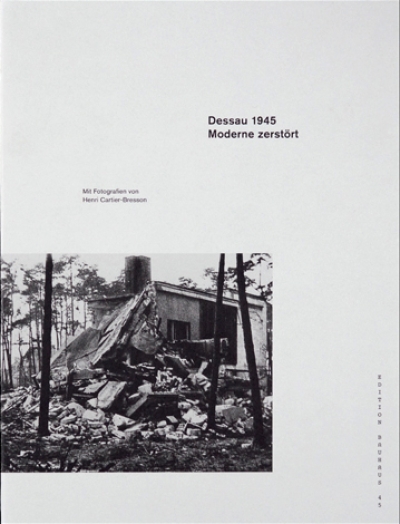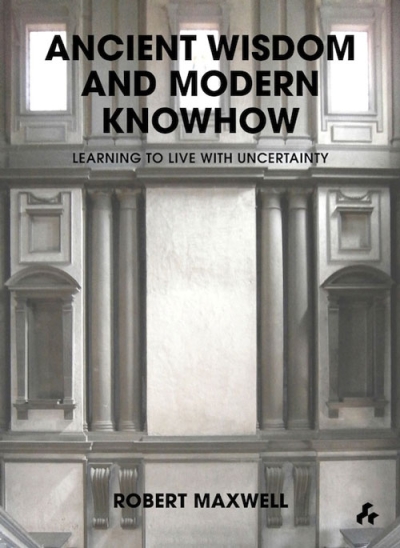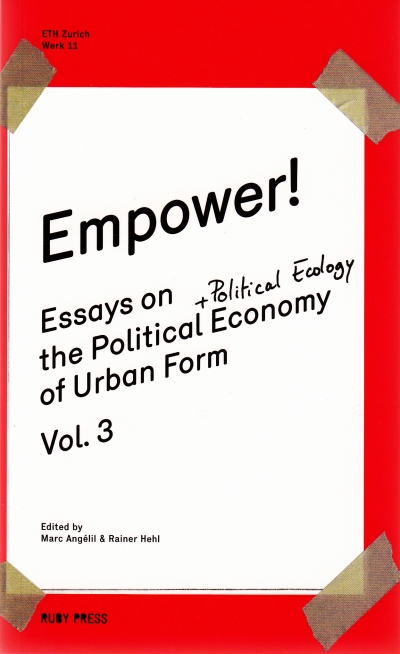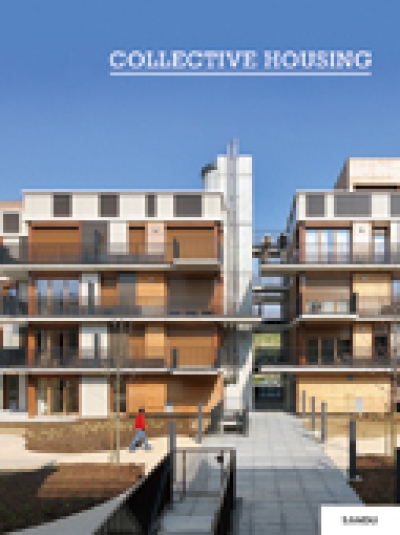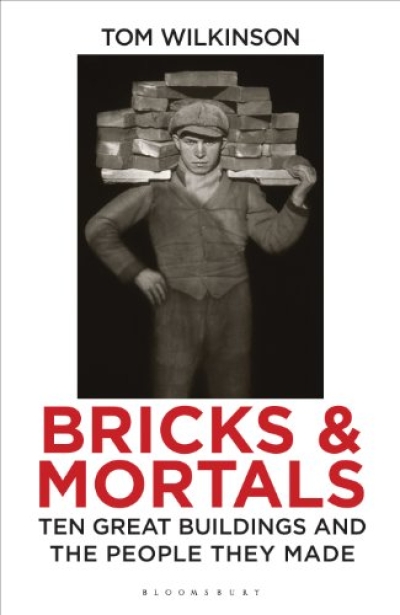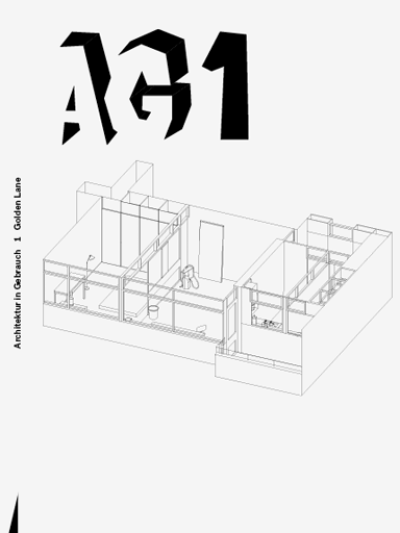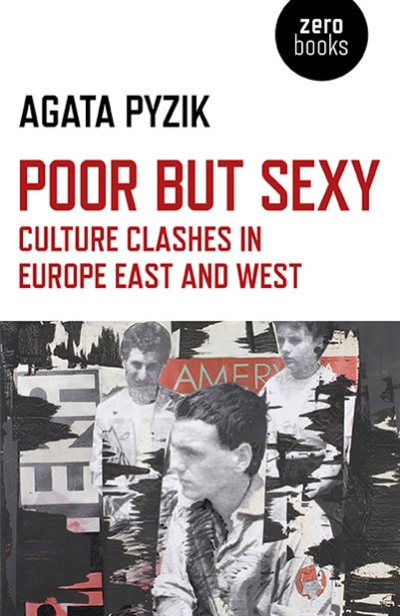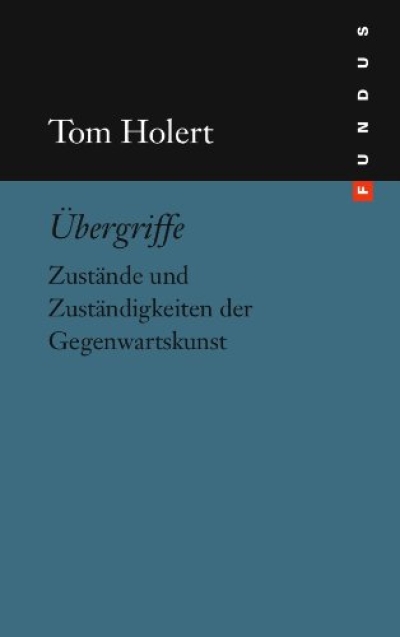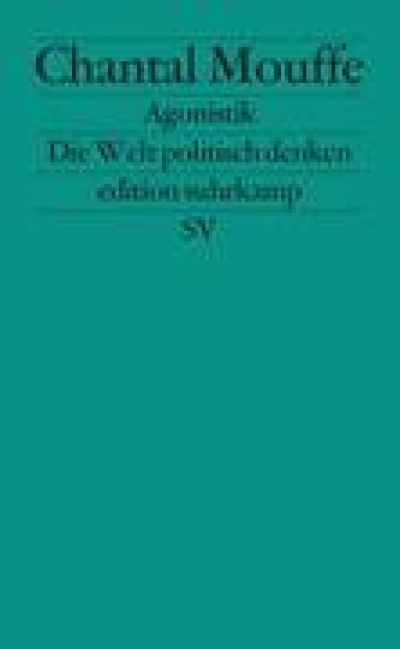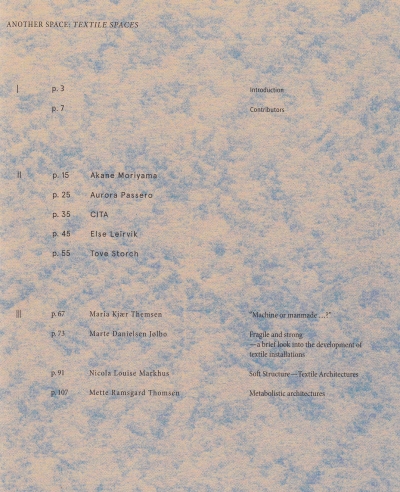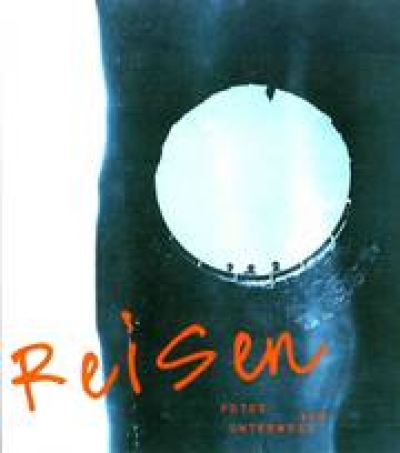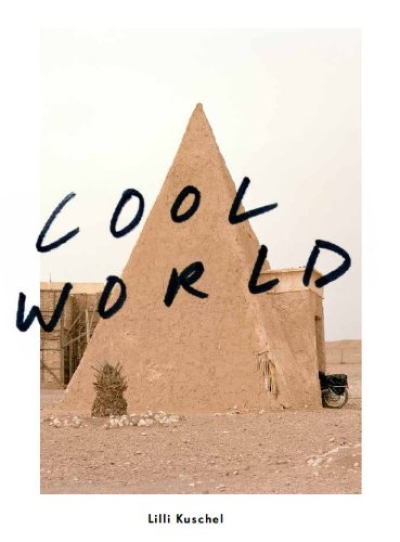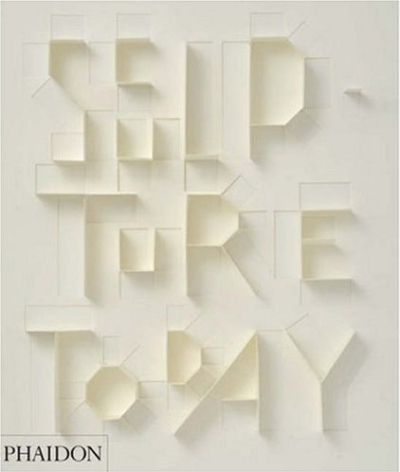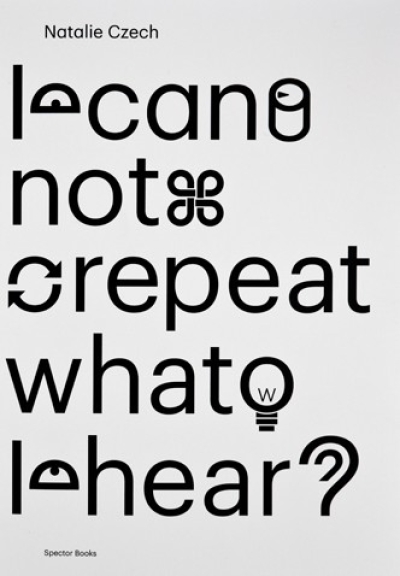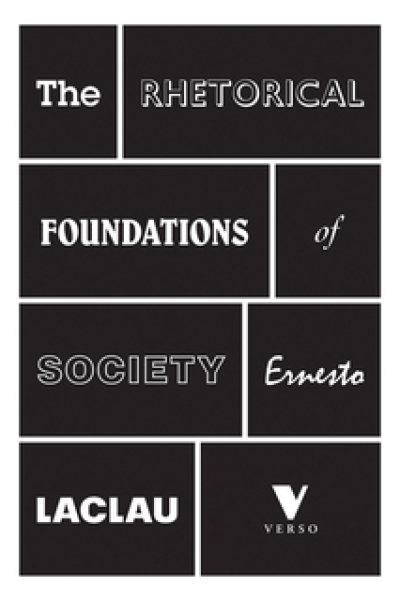
Le Corbusier. A Life
Several hundred pages into his exhaustive, fascinating biography of brilliant and manic architect, painter, and theorist Le Corbusier, Nicholas Fox Weber quotes Le Corbusier contemporary Stefan Zweig's contention that "supreme achievement and outstanding capacity are only rendered possible by ... a sublime monomania that verges on lunacy." The age of "No Drama" Obama might herald respite from the notion that Great Men with Great Ideas are by necessity megalomaniacal kooks, but Weber's work provides ample evidence that the theory will not die easily.
Quoting primarily from Le Corbusier's letters, Weber connects the architect's prodigious output and massive influence with the specific ways he embodied the sort of exhilarating anxiety and ego-freakery we've come to associate with the birth of modernism. There is, for instance, the bizarre relationship between the architect and his mother, to whom he sent screeds, obsequious praise, ruminations on his sexual hang-ups, and nude sketches of himself and who for the most part reserved her affection for his less successful brother. Equally telling is his treatment of his troubled wife, Yvonne, whom he praised for her beauty and domestic skills while infantilizing and exoticizing her. He disavowed his uptight homeland and Swiss Calvinist family – declaring himself Mediterranean at heart, changing his birth name (Charles-Édouard Jeanneret), and becoming a French citizen – while indulging in a Northern European predilection for order and rigor. Volumes have been written about Corbusier's work and influence; his integration of buildings, light, and nature; his transposition of monastic simplicity to public environments; his rooftop gardens; his ideas about providing nurturing, affordable housing for the masses; and his much-misunderstood concept of buildings as "machines for living."
In contrast, Weber has written the first complete account of Le Corbusier's life itself, and while important works are discussed, he keeps elaborate descriptions and aesthetic treatises to a minimum. Instead, in elegant prose that foregrounds its subject, Weber recounts amusing, chronic problems with commissions, permits, and roof leaks; Le Corbusier's notoriously difficult personality at work; affairs with Josephine Baker and various heiresses; and, crucially, his later-downplayed involvement with Vichy France (seemingly mainly a matter of betting on the wrong horse). The question of whether the ridiculous behavior and disastrous alliances were necessary is rendered moot; what emerges is a life lived to the fullest extent – and engineered for the greatest impact – possible.
Book Review by Cindy Widner (Austin Chronicle)

